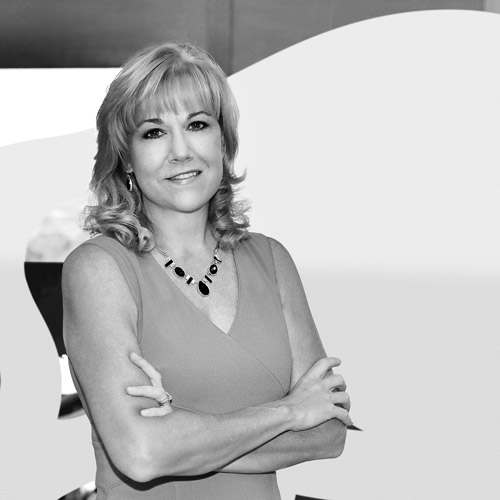The pint glass is overflowing. In 2015, the craft beer industry grew 16 percent to $22.3 billion and represented 21 percent of the total US beer retail market. Craft brewers produced 24.5 million barrels—up from just 9.1 million barrels in 2009. While the growth has been remarkable, it has started to slow in recent years. Large companies are losing market share as consumers shed brand loyalty and hunt for new favorites. That’s good for small, regional players and mid-sized companies like Sierra Nevada Brewing Co.
Chief financial officer Paul D. Janicki is helping his colleagues shape the next evolution of the craft beer industry. In 2014, the company opened a second production facility in Mills River, North Carolina, to complement its original shop in Chico, California. That’s been an astounding success—but Janicki knew his team had to do more. “The industry is changing, and there have been many market disruptions,” he says. “These events demonstrate the need for us to be more proactive and think longer term.”

With two production facilities in full operation, Janicki implemented a new, three-year budgeting process designed to provide insight and coordination in support of Sierra Nevada’s operational optimization and growth strategies. The integrated budget isn’t just a collection of numbers in a spreadsheet; it’s the blueprint that all leaders and teams will consult in pursuit of shared goals.
In January of 2017, Sierra Nevada released Sidecar (a pale ale with an orange twist) and Tropical Torpedo (a tropical take on the American IPA). Internal development and new product release can take up to twelve months, spanning two budget years: brewers order ingredients and refine recipes; lawyers register and license each product; marketing and sales teams plan promotional campaigns. A detailed, robust, long-term budget allows these and other teams to coordinate and collaborate in new ways. “Our teams are working increasingly cross-functionally to deliver premier quality beers and experiences to the consumer,” Janicki says. “This new budget lets each area involved understand different variables, and having the key information on hand enables better communication and decision making.” Janicki adds that he’ll continue to review and refine the budget process to further enable critical business thinking and flexibility. In doing so, his team is helping Sierra Nevada manage risk, better understand consumer trends, and adapt to the ever-evolving market.















